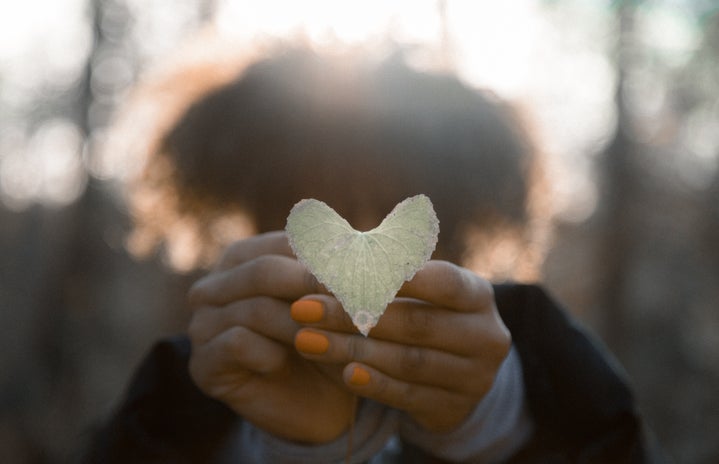As a college student, being home for winter break is a chance to unwind, to read, maybe to repent. These six weeks are full of mostly nothing, with a couple encounters with old friends thrown in the mix. So far, I’ve watched five seasons of Sex and The City, started and stopped three different books, and cleaned out our attic. What I’m saying is: winter break is depressing.
This is normal, and not just for college students home for a short stint. The months following Halloween and before the first bloom of spring are often characterized by very short, very grey days. Because of this, many of us feel an impending doom, a longing for summer or really anything other than this cold.
There are more than 3 million yearly cases of seasonal depression, also known as Seasonal Affective Disorder. Your energy decreases, you feel sad, moody. This is all due to a disruption in hormone levels—serotonin and melatonin—and in your circadian rhythm; these disruptions are caused by the decrease in sunlight. When the neurotransmitter serotonin is blocked, it can trigger depression. And when melatonin levels are messed with, sleep patterns are affected.
Good news! There are several ways to treat SAD, including phototherapy, psychotherapy, and vitamin supplementation. Phototherapy, or light therapy, involves a special lamp that mimics natural, outdoor light. This has been shown to cause a change in brain chemical composition, improving mood, and starts working in as quickly as a week. Psychotherapy is talk therapy, which involves identifying your thoughts and behaviors and learning ways to manage your stress and everyday SAD.
Vitamin supplementation and natural remedies are becoming increasingly popular. Although there is not conclusive research on the use of vitamin D to treat depression, there have been a number of studies showing that a lack of the vitamin in the blood is linked to a higher chance of developing depression. The research also determined that patients who supplemented regularly with vitamin D improved their mood. Those with the most severe symptoms of depression actually saw the most improvement. To be clear, vitamin D (and following nutrients) should not be used as a medical tool in treating depression, but rather as a preventative measure for those who often experience SAD. Since most Americans suffer from a deficiency of the nutrient, it is a good idea to supplement it year round. I suggest around 4000 IU (100 micrograms) per day.
Other supplements to incorporate are fish oil, B-complex vitamins, and vitamin C.
Fish oils, including Omega-3s, are responsible for proper brain function. When you are not getting enough of this important brain chemistry building block, you may feel depressed or anxious. You should take between 200-500 mg per day. This fatty acid can be found in fish and krill, as well as flaxseed, chia, and hemp.
Conventional depression medication use SSRIs in order to keep serotonin in the blood longer. Supplementing with B6 and B3 instead help the body convert the amino acid tryptophan into serotonin. B12 should also be incorporated, as it is essential to the development of norepinephrine (adrenaline) and dopamine.
In addition to fighting a common cold, preventing scurvy, and keeping your immune system in top shape, vitamin C has been shown to improve depression and anxiety symptoms. A study at Vanderbilt University used mice to demonstrate this. Mice deprived of vitamin C showed “depressive and submissive behaviors as well as an increased preference for sugar”…which is never good! They also exhibited low levels in dopamine and serotonin in the brain. More good news! Although it is totally possible to take a daily vitamin C capsule, the nutrient can be found in so many fruits and vegetables. The best options are citrus fruits, bell peppers, dark leafy greens, broccoli, berries, tomatoes, and pineapple. The current DV (daily value) for adults is 65-90 mg per day.
In addition to treatment, get outside and feel the sun. A major cause of seasonal depression is a lack of access to sunlight. Walk your dogs, play in the snow with your little brother or friends…or by yourself. If it’s just tooooo cold, sit in your bed and open the blinds! Exercise also plays a major role in mood, stress, and anxiety. Get your heart pumping at least 30 minutes a day to ward off feelings of sluggishness and heaviness.
Disclaimer: “The information contained herein is not intended to be a substitute for professional medical advice, diagnosis or treatment in any manner. Always seek the advice of your physician or other qualified health provider with any questions you may have regarding any medical condition.”
References:
http://www.thebetterhealthstore.com/012910_Top-5-Anti-Depression_04.html
http://mentalhealthfood.net/the-uncommon-power-of-the-common-vitamin-c/

